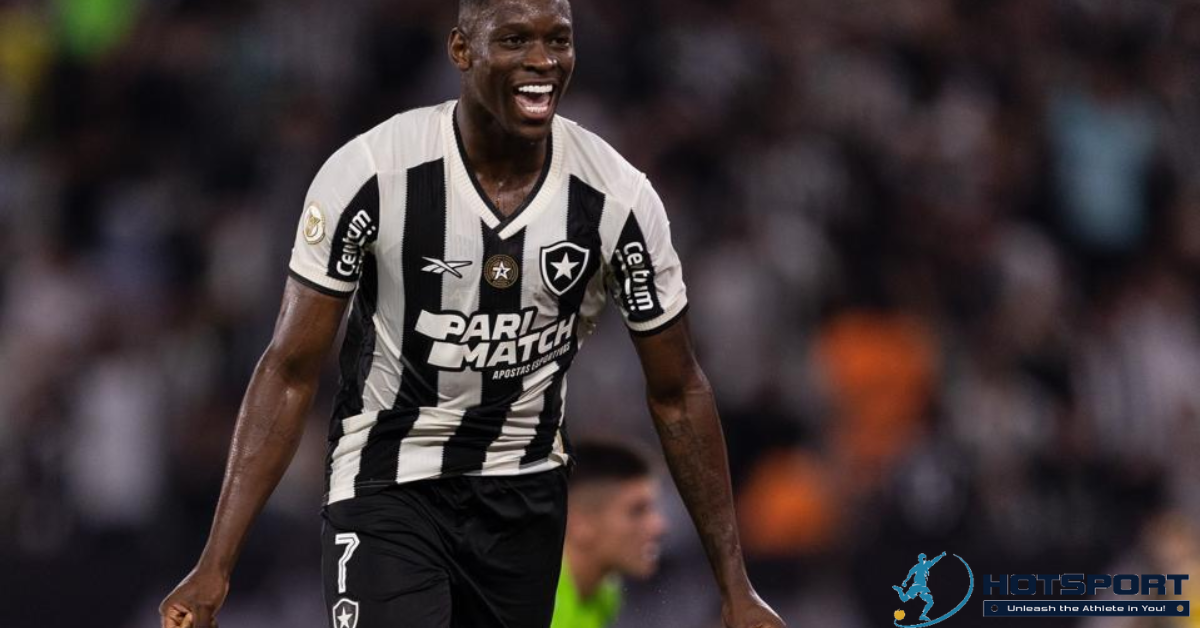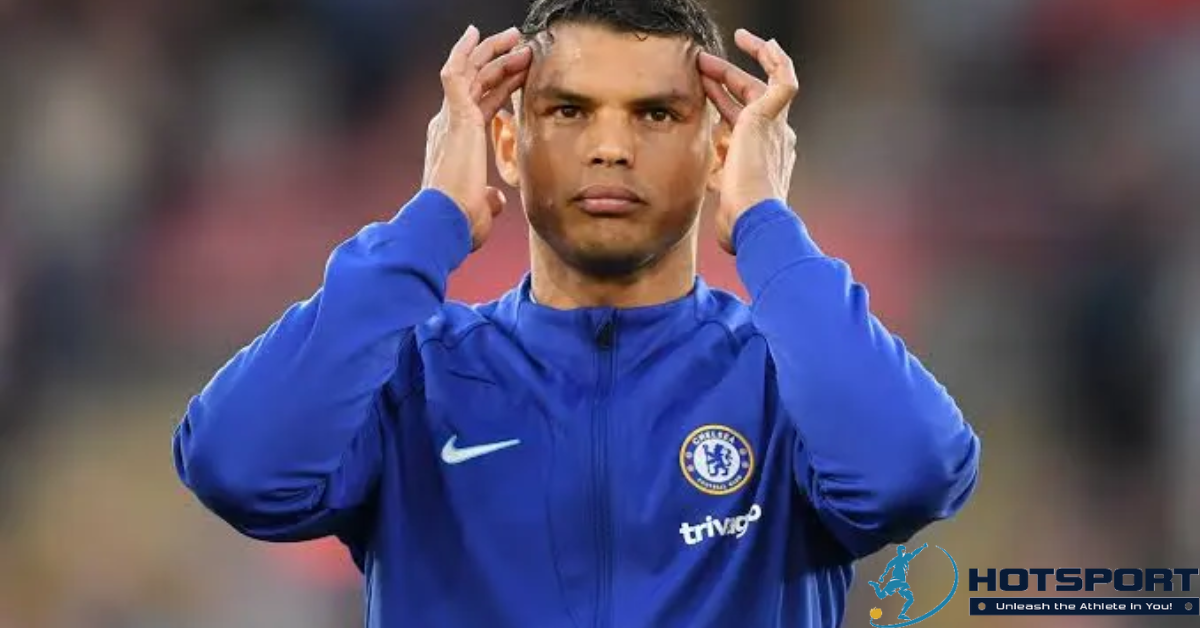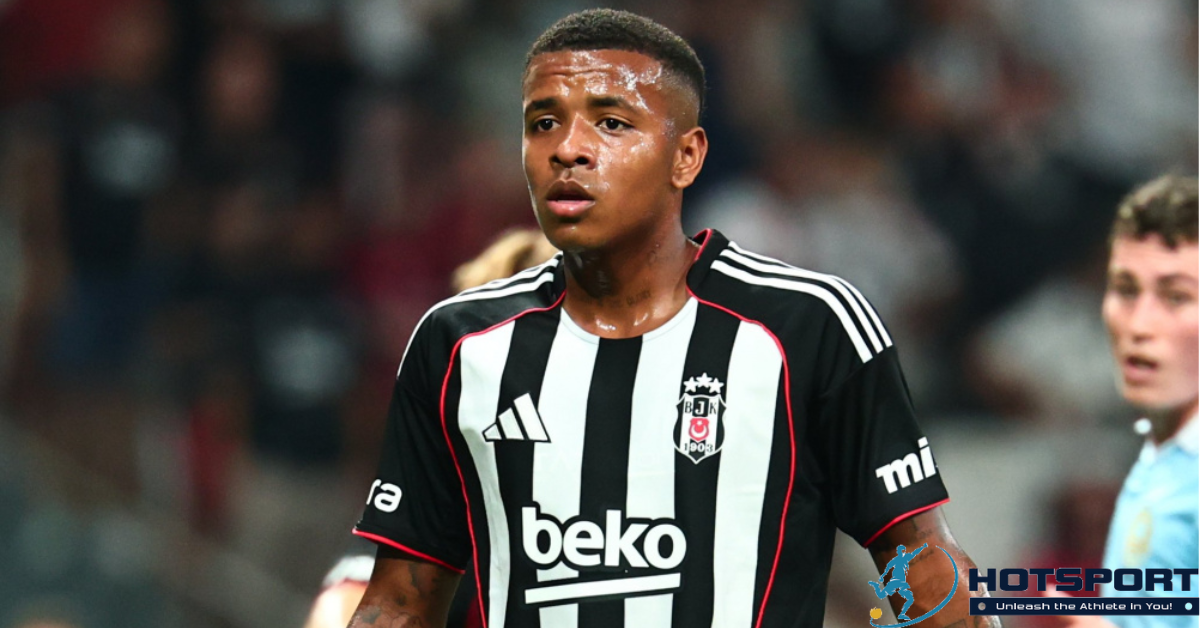History of Botafogo de Futebol e Regatas
Botafogo de Futebol e Regatas is one of Brazil’s most traditional and beloved clubs, with a rich history spanning over a century of achievements, legends, and passion. Founded in the Botafogo neighborhood of Rio de Janeiro, the club is known for its lone star, a symbol of its uniqueness and glory. This article explores Botafogo’s journey from its origins to the present day, highlighting key moments, titles, legendary players, and the club’s significance in Brazilian sports.
Origins and Foundation
The Club de Regatas Botafogo
Botafogo’s story began on July 1, 1894, with the founding of the Club de Regatas Botafogo, initially focused on rowing. Located near Guanabara Bay, the club capitalized on the neighborhood’s prime geography to excel in rowing competitions. In 1902, Botafogo won its first sporting title, the Carioca Rowing Championship, with a victory by athlete Antônio Mendes de Oliveira Castro, who later became the club’s president.
The founders, including Alberto Lisboa da Cunha, Arnaldo Pereira Braga, and Frederico Lorena, laid the foundation for a club that would become a reference in Carioca sports. The vessel Diva became legendary, winning all 22 regattas it competed in until 1899, establishing Botafogo as a rowing powerhouse.
The Botafogo Football Club
In 1904, alongside the rowing club, the Botafogo Football Club was founded, initially named Electro Club. The idea emerged during an algebra class at Colégio Alfredo Gomes, when young students Flávio Ramos and Emmanuel Sodré exchanged a note proposing the creation of a football team in the neighborhood. The name “Botafogo” was chosen in homage to the area, and the club quickly rose to prominence in Carioca football.
The Botafogo Football Club won its first Carioca Championship in 1907, just three years after its founding, and in 1909, it recorded the biggest thrashing in Brazilian football history: a 24-0 victory over Sport Club Mangueira, with nine goals from Gilbert Hime.
The 1942 Merger
The union between the Club de Regatas Botafogo and the Botafogo Football Club occurred on December 8, 1942, following a tragic event. During a basketball game, Botafogo Football Club player Armando Albano suffered a sudden collapse and passed away. This incident prompted the presidents of the two clubs, Augusto Frederico Schmidt (rowing) and Eduardo Góis Trindade (football), to formalize the merger, creating Botafogo de Futebol e Regatas. Schmidt declared, “What more is needed for our two clubs to become one?”
The merger resulted in a multi-sport club, adopting the lone star symbol from rowing and the black-and-white colors from football. The club’s flag now features five black stripes and four white ones, with a black rectangle containing a white star.
The Golden Era: 1950s and 1960s
The Rise of Legendary Icons
The 1950s and 1960s are considered Botafogo’s golden era. During this time, the club assembled a stellar squad featuring players like Garrincha, Nilton Santos, Didi, Quarentinha, Amarildo, and Zagallo. These stars led Botafogo to memorable triumphs and cemented the club as a cornerstone of the Brazilian national team during the 1958 and 1962 World Cups.
Garrincha, known as “Mané,” is one of the club’s greatest idols. His dazzling dribbling, skill, and charisma made him a legend. In 1957, Botafogo won the Carioca Championship with a historic 6-2 thrashing of Fluminense, led by Garrincha and his teammates.
National and International Achievements
During this period, Botafogo won the Carioca Championship in 1957, 1961, 1962, 1967, and 1968, as well as the Rio-São Paulo Tournament in 1962, 1964, and 1966. In 1968, the club became the first Carioca team to win the Brazilian Championship (then called Taça Brasil), a landmark in Brazilian football history.
Botafogo also shone internationally, facing opponents from over 60 countries in more than 500 matches, including friendlies and official competitions. In 1913, the club played its first official international match against the Portuguese national team, and in 1958, Garrincha popularized the famous “olé” chant during a game against River Plate at the Estadio Azteca in Mexico.
Challenges and Resilience
Crisis in the 1970s and 1980s
After the heights of the 1960s, Botafogo faced two decades of challenges marked by financial crises and few trophies. The club lost its headquarters and dealt with administrative issues, culminating in relegation in the 2002 Brazilian Championship. Despite these struggles, Botafogo showed resilience, returning to Série A in 2003 under coach Levir Culpi.
Return to Glory
In 1989, Botafogo ended a 21-year state title drought by winning the Carioca Championship under coach Valdir Espinosa. In 1993, the club won the Copa CONMEBOL, and in 1995, led by Túlio Maravilha, it clinched the Brazilian Championship, one of the most iconic moments in the club’s recent history.
In the early 2000s, Botafogo reclaimed its General Severiano headquarters and regained national prominence. In 2006, the club won the Carioca Championship, becoming the only Brazilian club to win titles in three different centuries (19th, 20th, and 21st).
Modern Botafogo
The SAF Era and John Textor’s Management
In 2022, Botafogo underwent a significant transformation with the adoption of the Sociedade Anônima de Futebol (SAF) model. American investor John Textor, also a shareholder in Crystal Palace, acquired the majority of the club’s shares, bringing a new vision for management. Under CEO Jorge Braga, the club modernized its structure, invested in infrastructure, and signed high-profile players.
This new era culminated in historic achievements. In 2024, Botafogo won the Copa Libertadores for the first time and clinched the Brazilian Championship, establishing itself as the top club in South America and the fifth-best in the world, according to the IFFHS.
Infrastructure and the Nilton Santos Stadium
Since 2007, Botafogo has played home matches at the Nilton Santos Stadium, also known as Engenhão. Modernized for the 2007 Pan American Games, the stadium is one of Rio de Janeiro’s most important venues and reflects the club’s commitment to excellence. Recently, Botafogo announced partnerships, such as with Philips, to enhance the stadium’s technological infrastructure, alongside new facilities for youth development and athlete recovery.
Icons and Legacy
Historic Players
In addition to Garrincha and Nilton Santos, Botafogo produced other greats, such as Heleno de Freitas, who scored 204 goals in 233 matches in the 1940s, and Loco Abreu, a fan favorite in the 2010s. Túlio Maravilha, the 1995 Brazilian Championship top scorer, and Dodô, who wore the number 7 in 2007, are also iconic figures. The club has contributed 97 players to Brazil’s World Cup squads, a national record.
Memorable Coaches
Botafogo has been led by legendary coaches like João Saldanha, Carioca champion in 1957, and Paulo Autuori, Brazilian champion in 1995. More recently, coaches like Joel Santana and Cuca have left their mark with titles and a strong connection with the fans.
Other Sports
Rowing
Rowing remains a core part of Botafogo’s identity. The club has won numerous titles, including the Brazilian Long Boat Championship for seven consecutive years until 2018. Athletes like Uncas Tales Batista, who broke the world record in the Single Skiff U-23 in 2017, uphold the club’s rowing tradition.
Basketball and Other Sports
Botafogo has also excelled in basketball, winning the Carioca Championship multiple times and the Copa do Brasil in 1967. In women’s basketball, the club secured state titles in the 1950s and 1960s. In other sports like volleyball and swimming, Botafogo has earned accolades, including international gold medals.
The Fans and Culture
Botafogo’s fanbase, known as “botafoguenses,” is among Brazil’s most passionate. The club’s anthem, with lines like “Botafogo, Botafogo, champion since 1910,” reflects pride in its history. The mascot Biriba, a stray dog that invaded the pitch in the 1940s, symbolizes the club’s irreverence. Botafogo has inspired the creation of other “Botafogo” clubs worldwide, such as in Paraíba and Cape Verde.
The club has an official commemorative day in Rio de Janeiro, May 16, and the phrase “There are things that only happen to Botafogo” encapsulates the uniqueness of its journey.
Conclusion
Botaf three centuries (19th, 20th, and 21st).
Modern Botafogo
The SAF Era and John Textor’s Management
In 2022, Botafogo underwent a significant transformation with the adoption of the Sociedade Anônima de Futebol (SAF) model. American investor John Textor, also a shareholder in Crystal Palace, acquired the majority of the club’s shares, bringing a new vision for management. Under CEO Jorge Braga, the club modernized its structure, invested in infrastructure, and signed high-profile players.
This new era culminated in historic achievements. In 2024, Botafogo won the Copa Libertadores for the first time and clinched the Brazilian Championship, establishing itself as the top club in South America and the fifth-best in the world, according to the IFFHS.
Infrastructure and the Nilton Santos Stadium
Since 2007, Botafogo has played home matches at the Nilton Santos Stadium, also known as Engenhão. Modernized for the 2007 Pan American Games, the stadium is one of Rio de Janeiro’s most important venues and reflects the club’s commitment to excellence. Recently, Botafogo announced partnerships, such as with Philips, to enhance the stadium’s technological infrastructure, alongside new facilities for youth development and athlete recovery.
Icons and Legacy
Historic Players
In addition to Garrincha and Nilton Santos, Botafogo produced other greats, such as Heleno de Freitas, who scored 204 goals in 233 matches in the 1940s, and Loco Abreu, a fan favorite in the 2010s. Túlio Maravilha, the 1995 Brazilian Championship top scorer, and Dodô, who wore the number 7 in 2007, are also iconic figures. The club has contributed 97 players to Brazil’s World Cup squads, a national record.
Memorable Coaches
Botafogo has been led by legendary coaches like João Saldanha, Carioca champion in 1957, and Paulo Autuori, Brazilian champion in 1995. More recently, coaches like Joel Santana and Cuca have left their mark with titles and a strong connection with the fans.
Other Sports
Rowing
Rowing remains a core part of Botafogo’s identity. The club has won numerous titles, including the Brazilian Long Boat Championship for seven consecutive years until 2018. Athletes like Uncas Tales Batista, who broke the world record in the Single Skiff U-23 in 2017, uphold the club’s rowing tradition.
Basketball and Other Sports
Botafogo has also excelled in basketball, winning the Carioca Championship multiple times and the Copa do Brasil in 1967. In women’s basketball, the club secured state titles in the 1950s and 1960s. In other sports like volleyball and swimming, Botafogo has earned accolades, including international gold medals.
The Fans and Culture
Botafogo’s fanbase, known as “botafoguenses,” is among Brazil’s most passionate. The club’s anthem, with lines like “Botafogo, Botafogo, champion since 1910,” reflects pride in its history. The mascot Biriba, a stray dog that invaded the pitch in the 1940s, symbolizes the club’s irreverence. Botafogo has inspired the creation of other “Botafogo” clubs worldwide, such as in Paraíba and Cape Verde.
The club has an official commemorative day in Rio de Janeiro, May 16, and the phrase “There are things that only happen to Botafogo” encapsulates the uniqueness of its journey.
Conclusion
Botafogo de Futebol e Regatas is more than a club; it is an institution that carries the history of Brazilian sports. From its rowing origins to its football triumphs, through moments of resilience and recent successes, the Lone Star club continues to inspire generations. With modern management, a passionate fanbase, and an unparalleled legacy, Botafogo remains steadfast in its mission to be “the Glorious,” a club that “cannot lose to anyone.”



